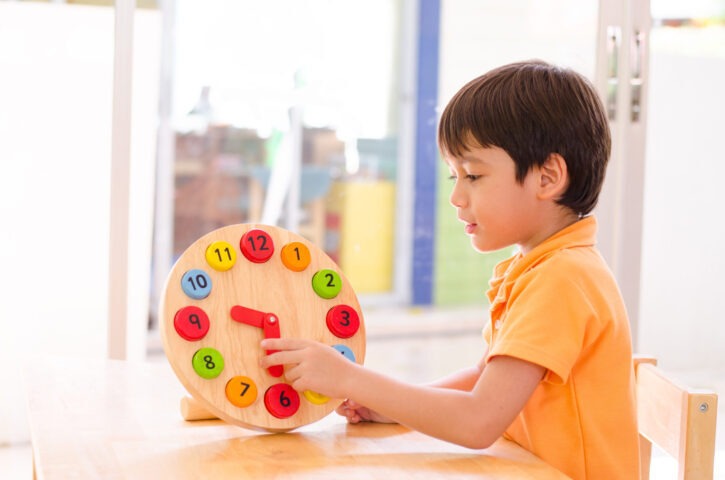IEL Resources
Tip Sheets
- Remember When …
- Time for Preschoolers: Duration
- Time for Preschoolers: In Sequence!
- What’s Next? Predictions at Story Time
Blogs

This list gives educators and family members resources on how to teach the concepts of time and sequence to young children.
Coding stories and coding games are playful, hands-on ways for children to explore and experiment with early coding. They offer opportunities for interactions and collaborative learning. If coding is new to you, you will find that it builds on many familiar early math and literacy concepts.
This article gives parents tips on building your preschooler’s math skills – including counting, pattern recognition, and sequencing to solve problems – to support computational thinking.
Patterns have a sequence that repeats in a predictable manner. Through sounds, words, and pictures, these books illustrate two different types of patterns: repeating and growing. When helping your preschoolers understand how to identify, label, and describe patterns, let these books assist you!
Most families have a calendar somewhere in the kitchen or office. Calendars help young children learn the basics of the days of the week and the months of the year. Your calendar offers opportunities for other learning as well. Take some time to use your calendar in a few new ways. This article contains some ideas to get you started.
Helping children understand the concept of sequence develops both literacy and scientific inquiry skills. Here are a few simple activities that families can do together to give kids opportunities to observe, record, and think about sequencing.
This article for parents focuses on children who struggle with following steps in order. Learn more about trouble with sequencing and how to help your child improve this skill.